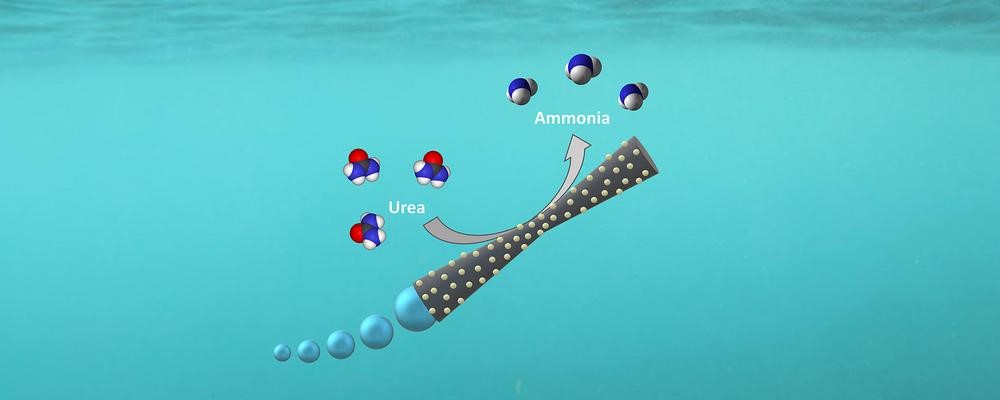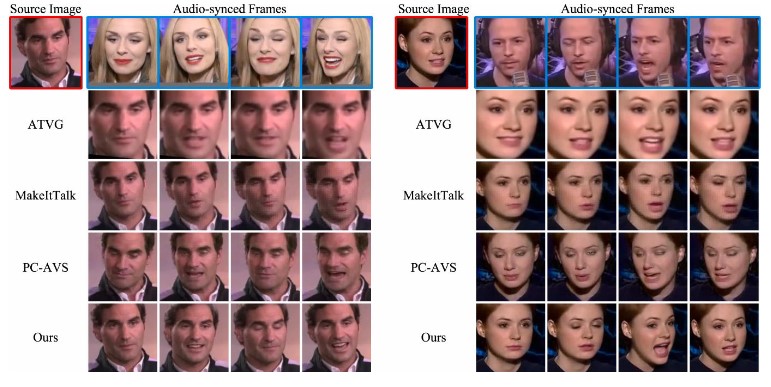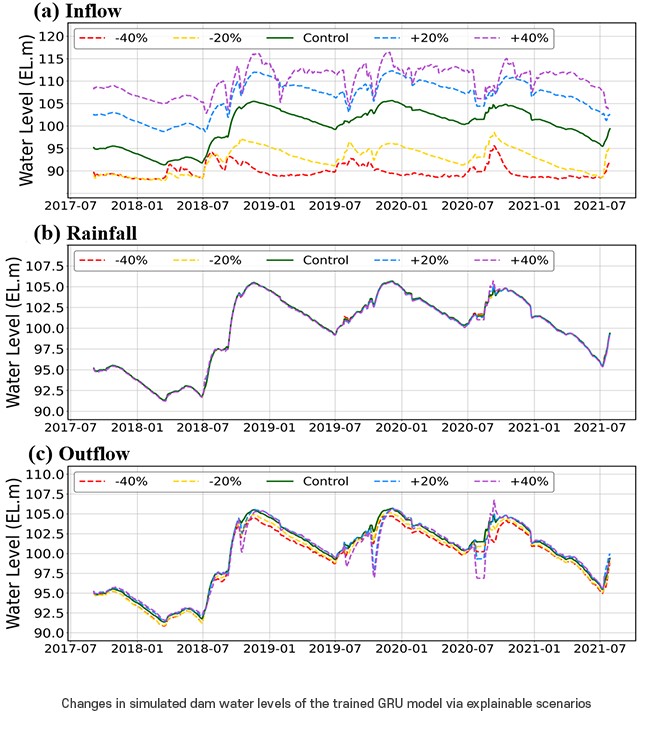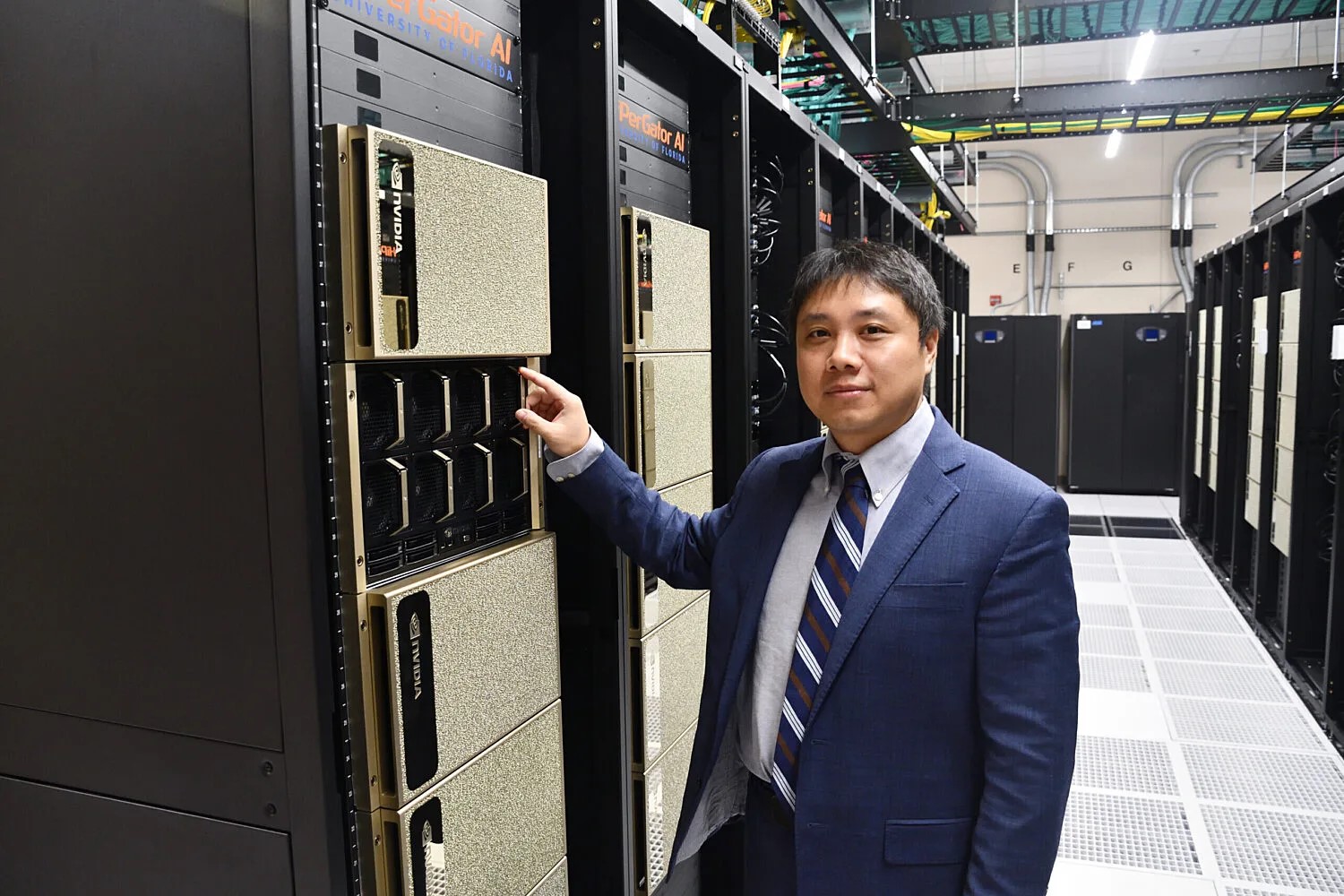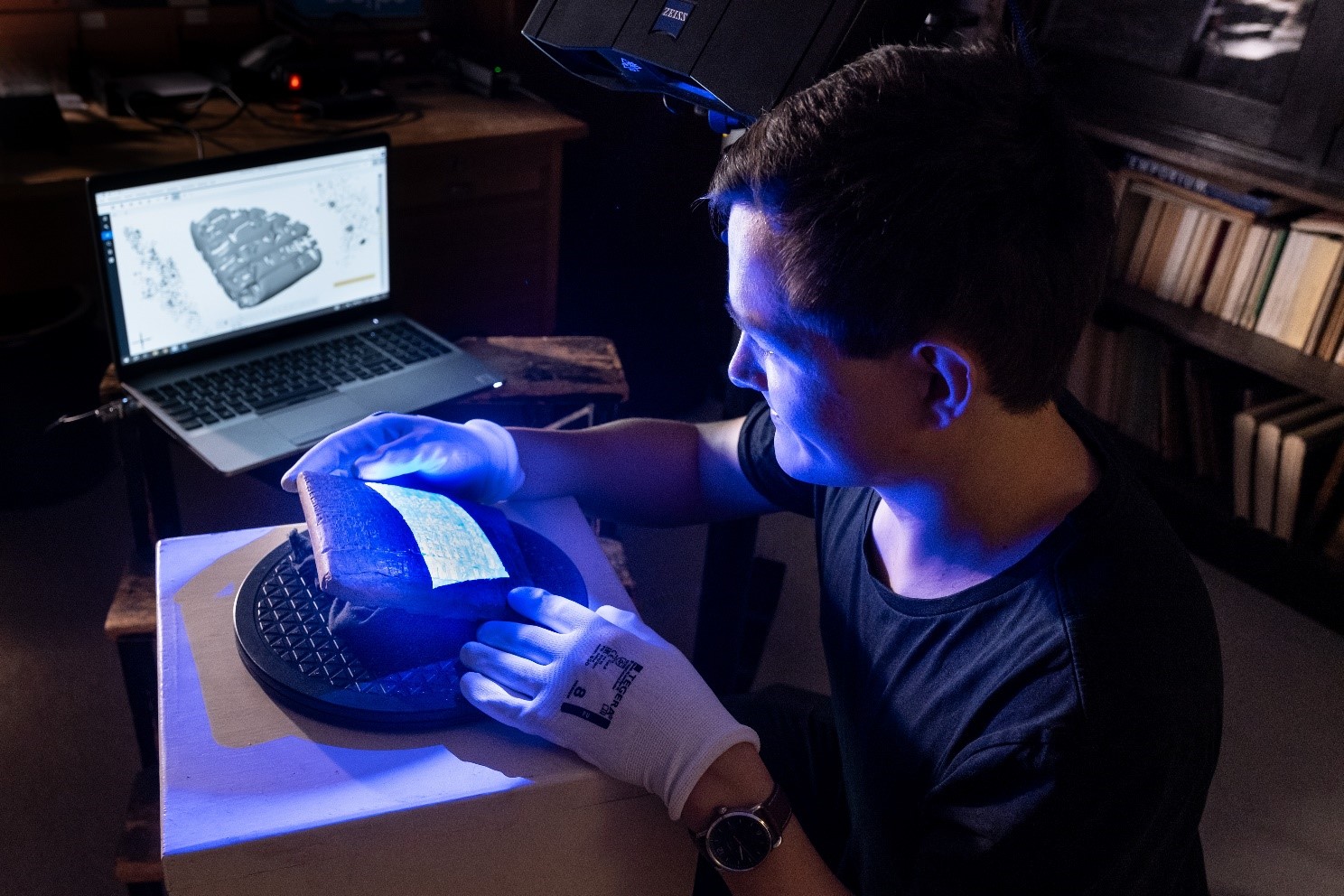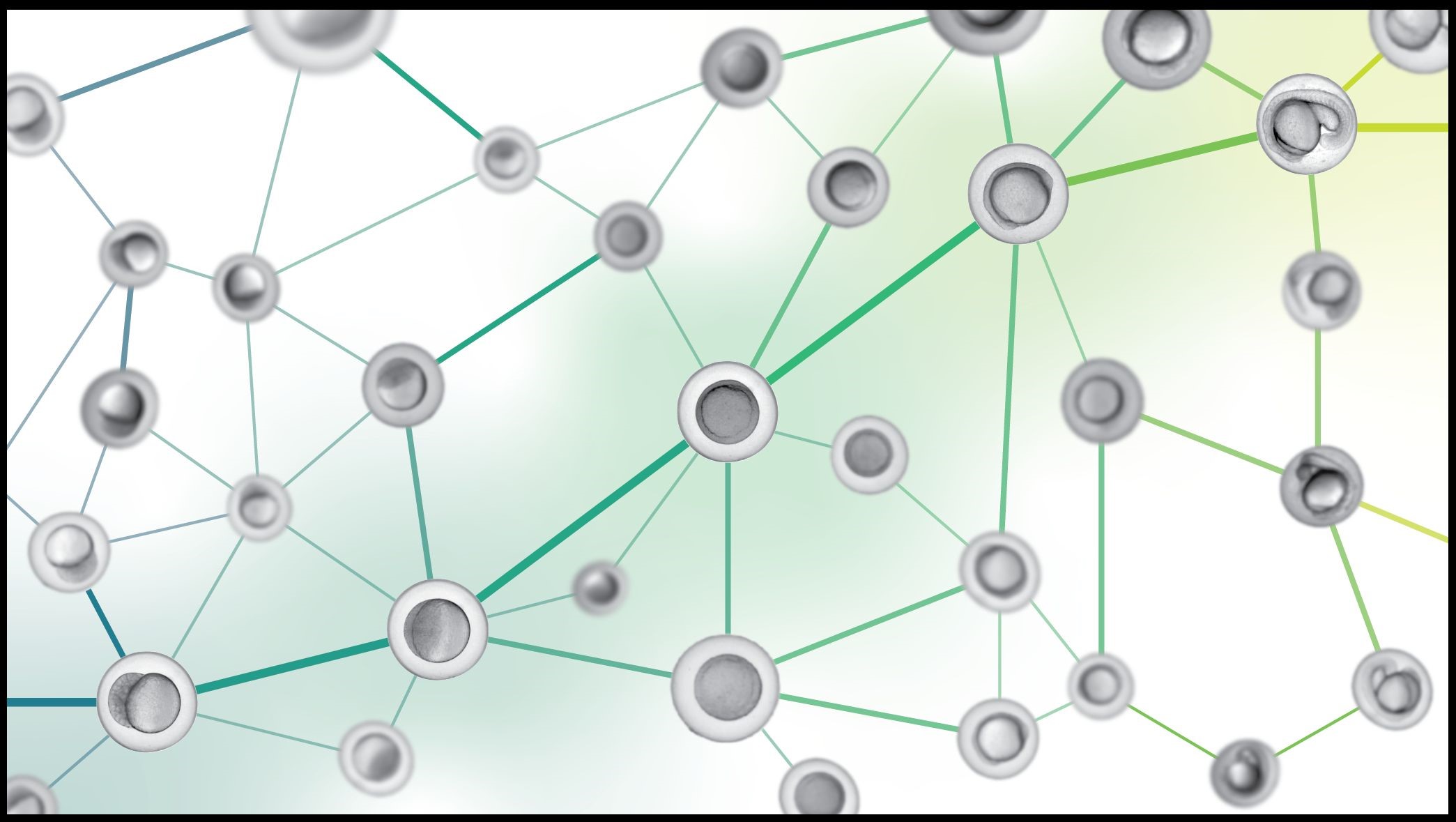The Role of AI in Enhancing Perovskite Tandem Solar Cells
In the quest for more efficient and cost-effective solar energy, researchers at the Karlsruhe Institute of Technology (KIT), in collaboration with the Helmholtz Imaging at the German Cancer Research Center (DKFZ) and Helmholtz AI, have made significant strides in advancing perovskite tandem solar cells. These cutting-edge solar cells, combining perovskite and conventional silicon technology, exhibit a remarkable efficiency of over 33%, surpassing traditional silicon solar cells.
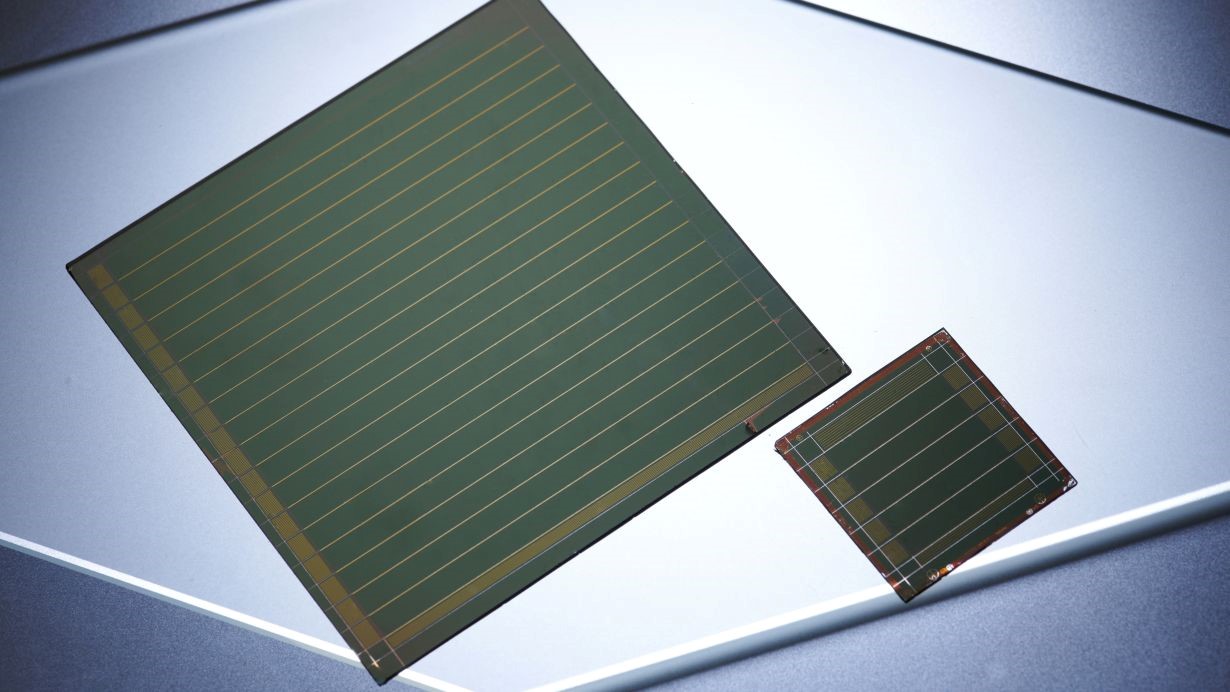
Figure 1. Perovskite Solar Cells (Credit: Amadeus Bramsiepe, KIT)
Challenges in Manufacturing
Figure 1 shows assisted by AI methods, researchers are striving to improve the manufacturing processes for highly efficient perovskite solar cells. To bring this next-generation solar technology to the market, overcoming challenges related to stability and manufacturing processes is crucial. One of the key hurdles involves producing an extremely thin, high-quality perovskite layer, a fraction of the thickness of a human hair. This layer is essential for achieving the impressive efficiency of the tandem solar cells, but ensuring its flawless production using scalable and cost-effective methods has proven to be a significant obstacle.
The Role of Machine Learning and AI
In a groundbreaking approach, the researchers at KIT, specializing in perovskite solar cells, collaborated with experts in Machine Learning and Explainable Artificial Intelligence (XAI) at Helmholtz Imaging and Helmholtz AI. Their goal was to leverage AI to predict the quality of perovskite layers and, consequently, the resulting solar cells during the manufacturing process.
AI Unveils Hidden Signs of Coating Effectiveness
The interdisciplinary team developed AI methods that utilized a vast dataset, including video recordings displaying the photoluminescence of thin perovskite layers throughout the manufacturing process. Photoluminescence refers to the radiant emission of semiconductor layers excited by an external light source. Even when human experts couldn't discern specific characteristics on the thin layers, AI was trained to detect hidden signs of effective or poor coating from millions of data points in the videos.
Explainable Artificial Intelligence (XAI) as a Game-Changer
To interpret and analyze the information provided by the AI system, the researchers employed methods of Explainable Artificial Intelligence. This innovative use of XAI not only served as a guardrail to prevent mistakes but became a tool for gaining highly relevant insights in materials science. By systematically understanding the variations in photoluminescence during production, the researchers identified factors influencing coating quality.
Predictive Power of AI
Once trained, the AI demonstrated its predictive power, determining whether each solar cell would achieve low or high efficiency based on variations in light emission at different points in the manufacturing process. This breakthrough allows researchers to conduct experiments more strategically, eliminating the need for a blind search for improvements.
The combined use of AI and XAI represents a paradigm shift in materials science, providing a blueprint for future research. This innovative approach not only accelerates the development of perovskite tandem solar cells but also holds promise for various aspects of energy research and materials science. The collaboration between solar cell experts and AI specialists has paved the way for a more targeted and efficient exploration of new frontiers in renewable energy technology.
Source: Karlsruher Institut für Technologie (KIT)
Cite this article:
Hana M (2023), The Role of AI in Enhancing Perovskite Tandem Solar Cells, AnaTechMaz, pp. 341




